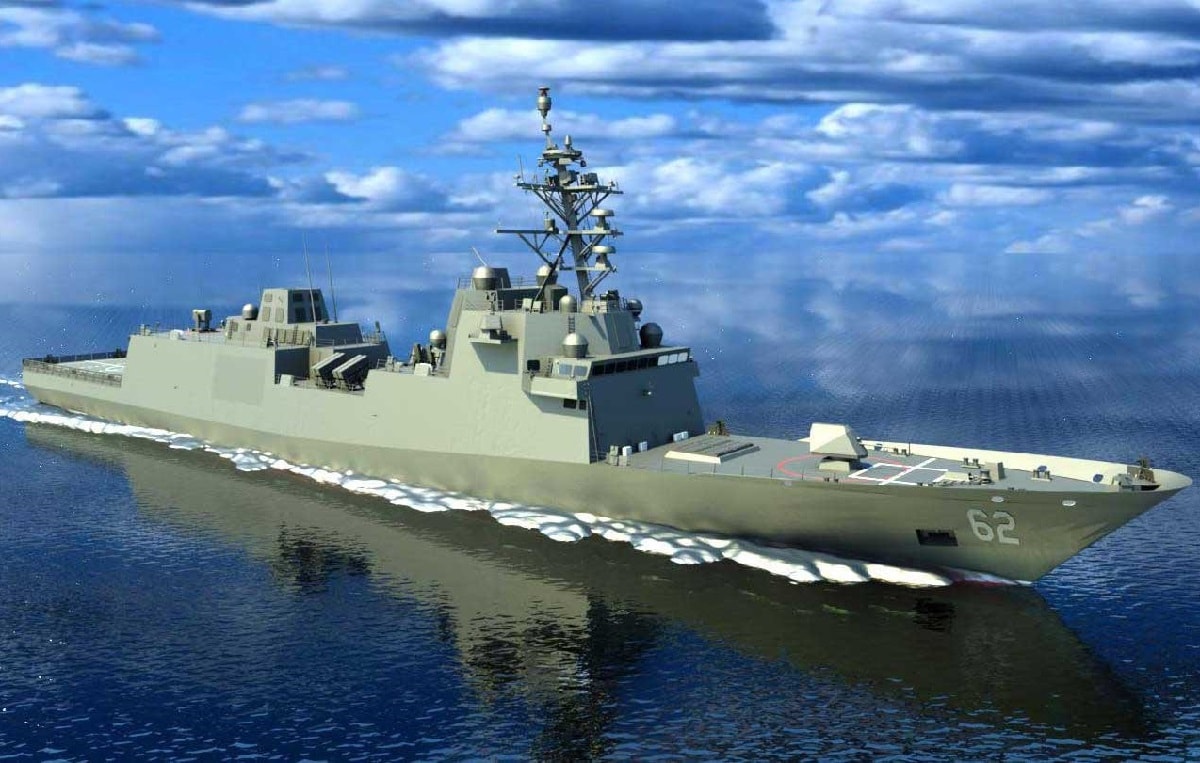Another proposal that you have put forward for several years is a local variant of Japans DDH.I'm not wedded to any particular platform, a platform is, after all, basically transportation and life support for the combat system. The RAN is progressively moving into the realms of systems thinking, systems of systems rather than platform centric.
It used to do my head in whenever we introduced new kit that had no commonality with anything else we used, on the basis it was "better value for money" to buy off the shelf than the "gold plate" and "Australianise". Then, with the notable exception of FMS, not long after the capability enters service we start hearing about availability issues, problems getting spares, problems training and retaining enough people etc.
At the end of the day, while designing the Hunter is beyond us, designing a patrol frigate, even a GP frigate, let alone a corvette or OPV is well within the capability of Australian industry, the problem is the lack of political comprehension of the capability. There is not enough time to do this obviously, so something would have to be adapted, but with adequate planning it is achievable.
Does anyone recall the offer of a Legend Class Cutter for what became our OPV program? I can't recall if it was for the Labor program, or the later Coalition one but it was somewhere around the 2010 to 2015 space. The Arafuras, while a massive increase in capability over the previous PBs, are still not warships, or even high endurance patrol vessels. My feeling is there has been a long term need for a patrol frigate or Sloop in the RAN going back to lessons leant in WWII and reaffirmed during the Malayan Emergency, Indonesian Confrontation, Borneo, Vietnam, the Gulf and East Africa anti piracy patrols.
There were the war built River and Bay class frigates that superseded the Sloops and Bathurst class corvettes. The plans for locally designed corvettes that grew into light destroyers and finally into the DDL that was lager and more capable than the FFGs bought instead. The RAN seriously looked at and even provided funding towards the Type 21 Amazon frigate (the RAN version was to have had a strengthened hull and USN combat systems). In the end the only actual patrol frigates we ever acquired were the ANZACs, which before the last ship had even been laid down, the government was already trying to turn into a replacement destroyer.
I do like the Type 31 and the Iver Huitfeld it is based on, I think it could meet out need as a patrol frigate or even a GP frigate, allowing the Arafuras to cascade to other roles, i.e. MCM, hydrography, even as APDs for the light suicide marine force some seem so enamored with ( on a more serious note they would be useful for transporting specialist units for rapid response security and HADR). I am not wedded to a platform, rather to the concept of something militarily useful, that incorporates in service systems, but only if it is never ever used as a replacement for high end combatants.
If a batch of 3 G P Frigates were built to increase MFU numbers as proposed above would the last three Hunters be a better option as a form of DDH?
As specialist ASW platforms they would not require Agis systems but rather CFAR for medium range air defence.
Production at the end of the Hunter run would provide a lot of time to design the changes required.
There would be large amounts of comminality in hull form , machinery and combat systems.
While not as large as Japans DDH this would provide an expanded combat capabillity.
The future of UAVs will also expand on the capabilities of such a ship.
Also am in no way putting this forward as a platform for the F35b.
That to me requires a dedicated carrier, which is another story.



